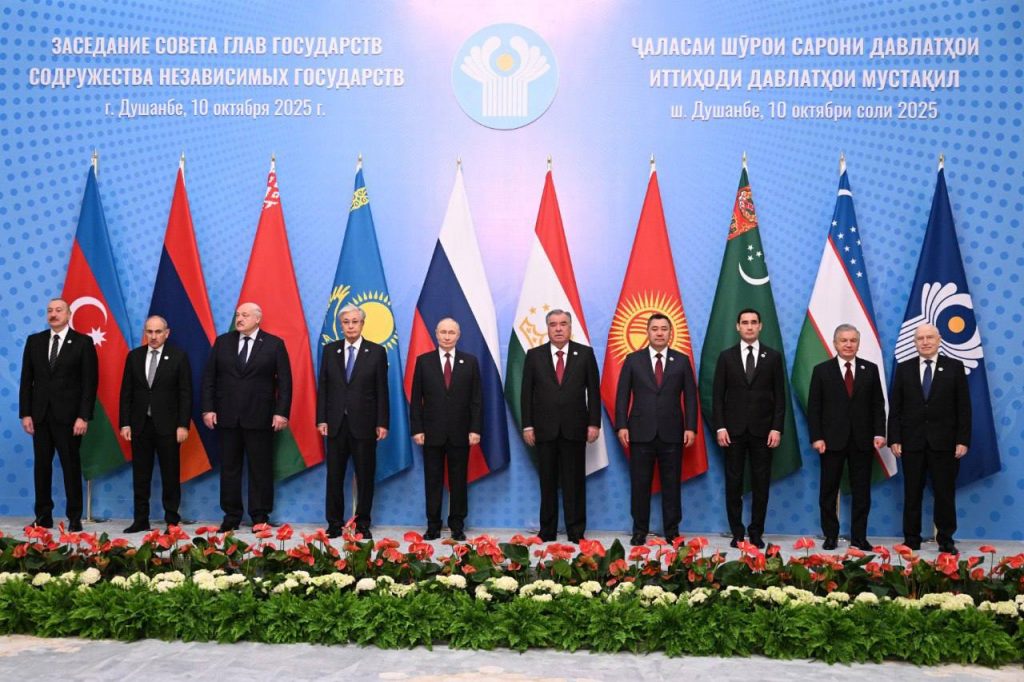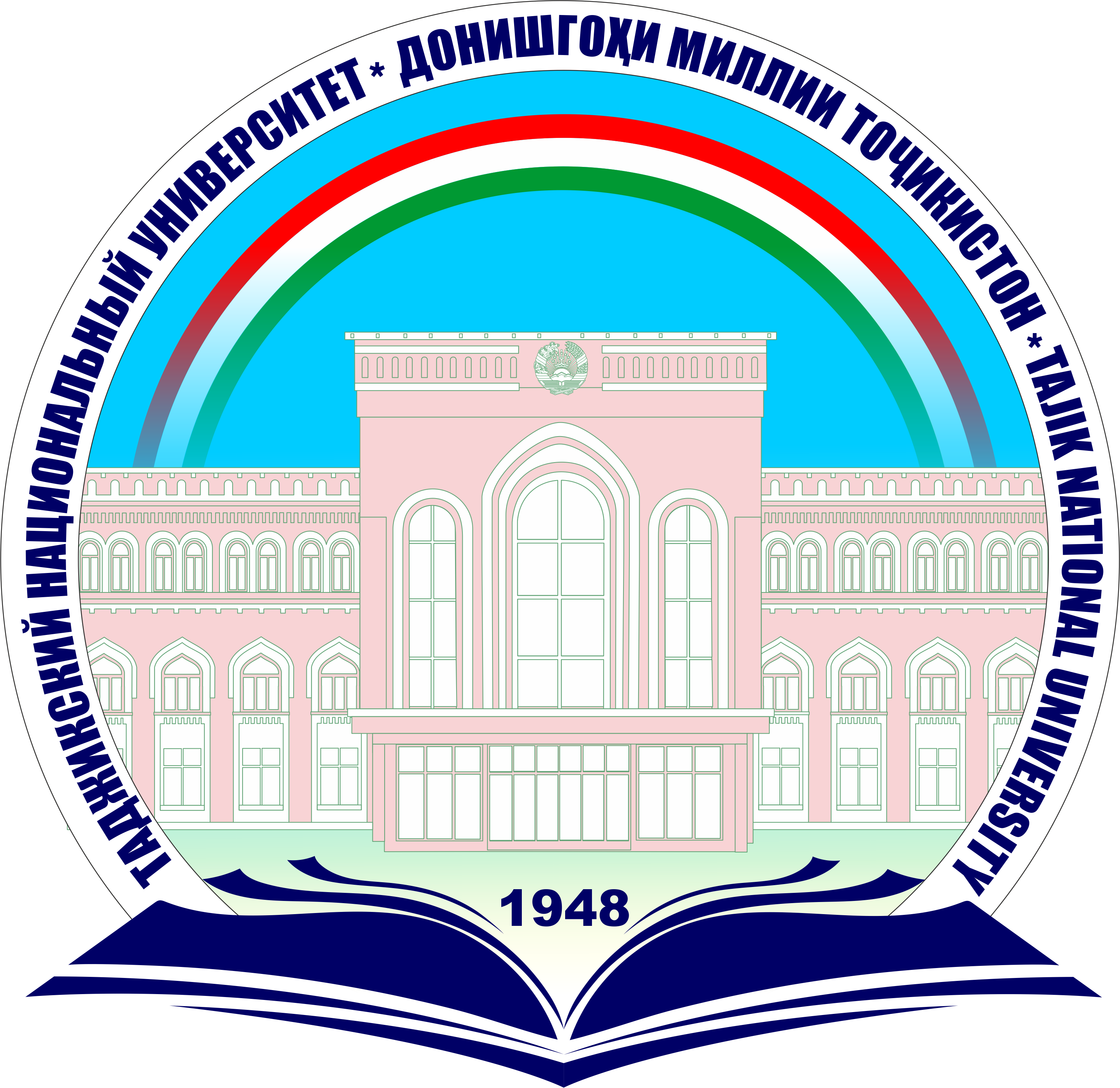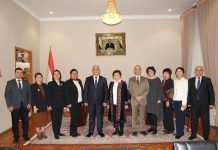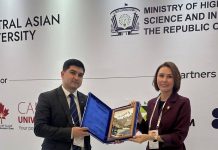At the beginning of the 20th century, Central Asia was often viewed as a remote and isolated region, largely disconnected from global politics. Today, however, this geographical and cultural heart of Eurasia is rapidly transforming into an active participant in international affairs.
This shift is driven by several key factors: the region’s strategic location between East and West, its vast reserves of natural and energy resources, and its growing importance in global trade and logistics. These attributes have turned Central Asia into an area of strategic interest for major world powers, significantly enhancing its geopolitical weight.
Amid the rise of multipolarity and intensifying global challenges, the countries of Central Asia are increasingly asserting their autonomy in international relations. No longer content to serve as a buffer between larger powers, the region is beginning to act as a cohesive and self-directed entity—capable of shaping its own agenda and defending collective interests.
One of the key tools supporting this shift has been the emergence of multilateral dialogue platforms with external partners, allowing regional states to coordinate strategies and pursue structured cooperation.
A prominent example of this approach is the “Central Asia +1” (C5+1) format, through which the five regional states — Kazakhstan, Kyrgyzstan, Tajikistan, Turkmenistan, and Uzbekistan — engage with major external actors, including the United States, China, India, Russia, the European Union, and the Gulf states.
This format covers a wide array of cooperation areas, ranging from economic development and security to education, environmental protection, and digital transformation. Its main strength lies in enabling dialogue based on mutual respect, recognition of each partner’s interests, and a focus on practical outcomes.
Moreover, the C5+1 platform facilitates the launch of joint infrastructure and humanitarian projects, strengthening regional connectivity and creating new opportunities for sustainable development.
On October 9, 2025, the city of Dushanbe hosted the second summit in the “Central Asia – Russia” format. The summit’s agenda reflects a shared commitment to deepening multifaceted cooperation, including:
- Joint efforts to enhance regional security,
- Coordinated action against terrorism, extremism, and drug trafficking,
- Expansion of trade and logistics partnerships,
- Strengthening of humanitarian and cultural ties.
The summit is expected to conclude with the adoption of a Joint Communiqué and an Action Plan, underscoring the institutionalization of this dialogue and the mutual trust among participants.
Central Asia is entering a new phase of development — transitioning from isolation to global engagement. Through the C5+1 format and other multilateral mechanisms, the region’s countries are building stronger internal cohesion, demonstrating strategic maturity, and forging long-term partnerships with leading global powers.
Head of the department of European studies
c.ph.s., docent Najmiddinov A.F.










